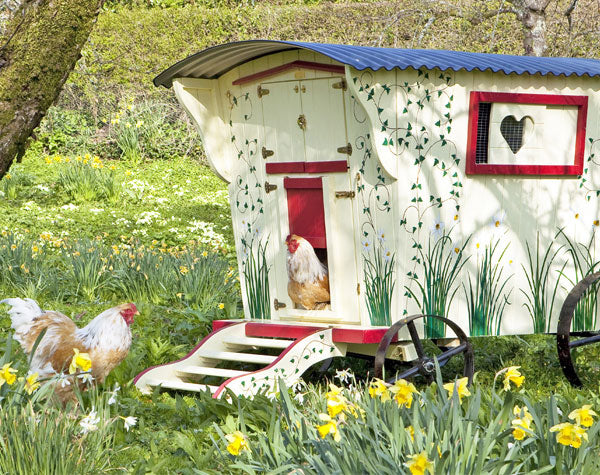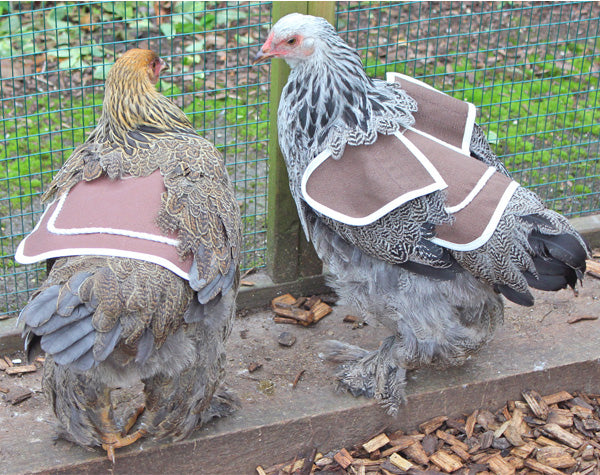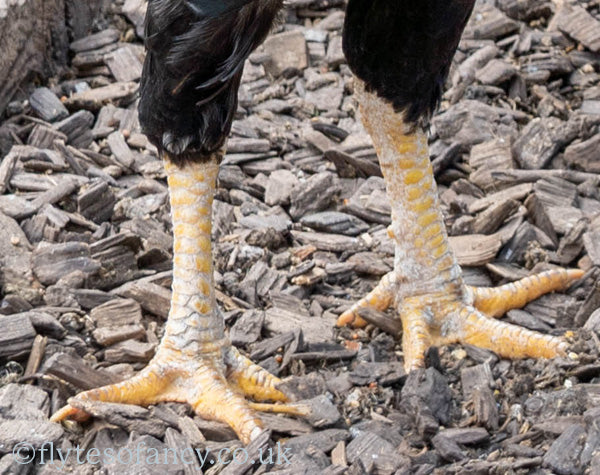Wooden Chicken Coops versus Plastic - Pros & Cons
Are you considering getting a chicken coop but can't decide between a plastic or a wooden one? Both materials have their own set of advantages and disadvantages, which is why it's important to weigh your options before deciding.
In this AskPhill video, we'll take a closer look at the pros and cons of plastic and wooden chicken coops.
Firstly, and most importantly, is cleaning and accessibility. Keeping your chicken coop clean is, of course, essential for the health and wellbeing of your chickens. In terms of ease of cleaning the surfaces, plastic coops probably have the upper hand. However, access to do this is not always the best.
The plastic surfaces are smooth and non-porous, which means they can be wiped clean with ease. Wooden coops, on the other hand, have porous surfaces with cracks that can harbour bacteria or mites and require more elbow grease when cleaning them. However, regular maintenance and perhaps sealing can easily solve this issue.
It's also important to consider ventilation when choosing a chicken coop. Good ventilation is essential for air quality and in preventing moisture build up. Dampness inside the coop can lead to mould and mildew growth.
When it comes to ventilation, wooden coops tend to have the advantage. Timber is naturally breathable, and the inherent design of wooden coops allows air to circulate throughout. This prevents condensation and ammonia build up which will keep your chickens healthy.
Plastic coops, on the other hand, can have issues with condensation due to their non-porous surfaces. If you opt for a plastic coop, make sure it has adequate ventilation to prevent condensation and air quality problems.
Remember, chickens poop all night long so should never be in a hermetically sealed coop. Regardless of the material you choose, always ensure that your coop has proper ventilation to prevent health issues like respiratory diseases.
Let’s also look at the environmental impact. It is very important today. Plastic coops are, by their nature, made from petroleum-based products and are not biodegradable. This means they can contribute to environmental pollution, especially when trying to dispose of them in landfill.
On the other hand, wooden coops are a renewable resource and can be recycled or repurposed. However, it's important to note that not all wooden coops are created equal, and quality of the wood must come into play. Make sure to choose a coop made from thick, durable, sustainably sourced and certified Timber.
Finally, size matters! Both plastic and wooden coops come in a range of sizes to suit the number of chickens you plan to keep, but wooden coops tend to be more customisable. You can easily add on to a wooden coop, extend the run space, or build one from scratch yourself. Plastic coops, on the other hand, are usually prefabricated panels that clip together and come in a set size.
In summary, both plastic and wooden coops have pros and cons. Plastic coops are easier to clean but have a negative environmental impact, whilst wooden coops are eco-friendly but require more maintenance. When it comes to size, wooden coops offer more flexible bespoke options.
Ultimately, the decision comes down to your personal preferences and what's best for your chickens.
For even more information visit - Choosing a Chicken House and Chicken Coops in the Garden.



